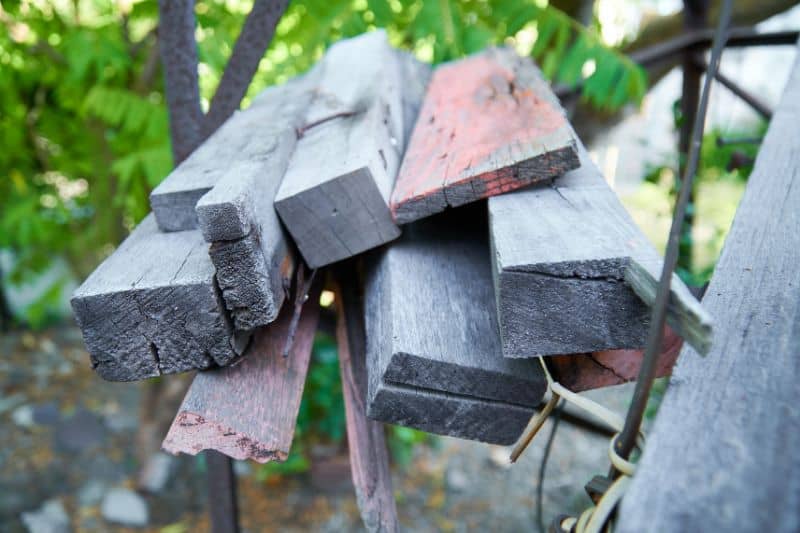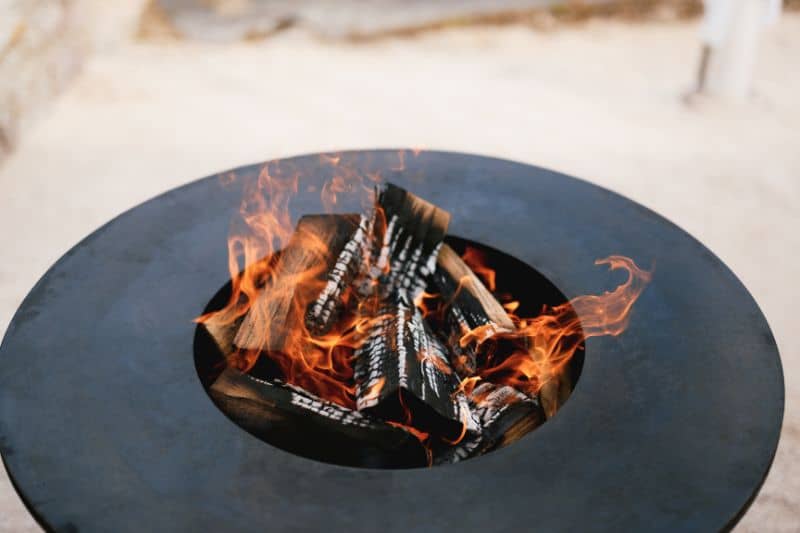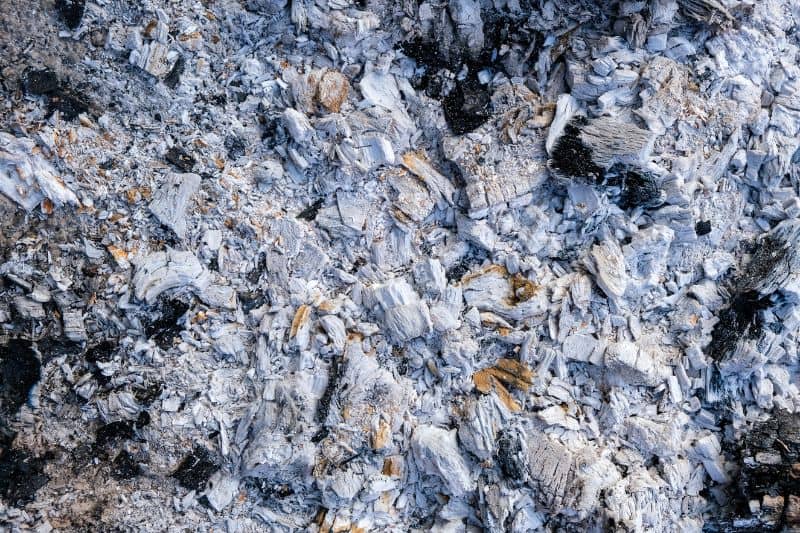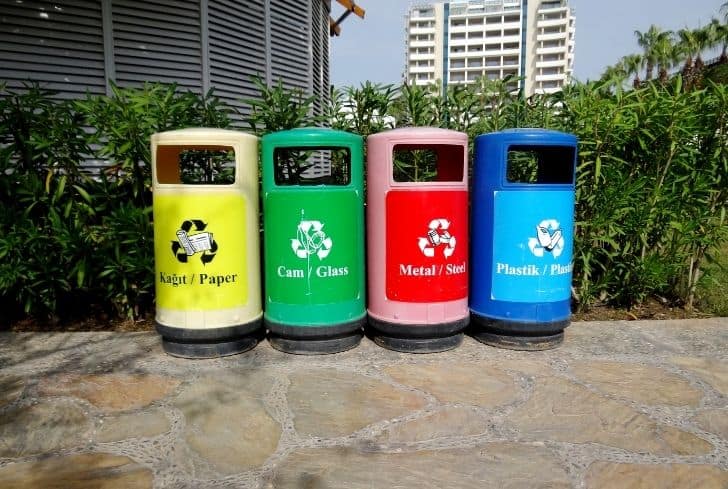Considering that paper, which comes from wood, is recyclable, you’d easily think that wood is also recyclable. But hey, before you start putting the lumber or yard waste in the recycling bin together with paper, let’s understand whether or not you can put wood in the recycling bin.
Is It Okay to Put Wood in the Recycling Bin?
Unfortunately, unlike paper, wood can’t be recycled through a curbside recycling program like some other materials can. While wood comes from trees similar to paper, recycling centers lack the technology to handle wood.
Recycling centers typically take household items such as plastics, mixed papers, etc. Once the garbage is picked from home, it is taken to the sorting center, where materials are separated from each other.
While some sorting centers can manage wood, the problem arises with finished or treated wood. The overwhelming number of finishes makes the sorting process challenging and generally unsafe for recycling.
Can You Put Wood in the Garbage?
Yes, you can put wood in the garbage. Although wood isn’t recyclable, it is okay to be disposed of together with other solid trash. Wood isn’t toxic and can be mixed with normal trash without the fear that it may cause any problems.
However, before you dispose of wood with normal trash, try and find a way to repurpose it. Wood is a very versatile material that can come in handy in a variety of applications, so check to see whether there’s somewhere you can make use of it.
Try to reuse it for construction, making mulch, or in any other area where it can suffice. If you don’t have anywhere to use it, contact local nonprofits to find out if they need it. It’s much better that way than sending it to the landfills.
Is Wood Recyclable or Garbage?

Other than the fact that recyclable facilities are not prepared to handle wood, treated wood is also hazardous per se. Wood treatment improves the general aesthetics and lifespan of the material, but it can cause problems when it’s time to recycle or get rid of it.
You see, wood treatment reduces the material’s ability to decompose by breaking down. As such, it is essential to differentiate the kind of wood that cannot be recycled.
Following are the type of wood that should not be recycled:
1. Treated Wood
Never put treated wood into the recycling bin. This is because these types of wood are chemical and are not suitable for making new products out of it. The chemicals in the wood pieces can seep into the surrounding area and pose extreme health hazards.
2. Painted Wood
It is another form of wood that you cannot put into the recycling bin. The paint has harmful chemicals, which will also impact the strength of the adhesion.
3. Lacquered Wood
Lacquered wood cannot be easily recycled because the lacquer coating, often made of synthetic resins and chemicals, hinders the recycling process. The lacquer creates difficulties in separating the wood from the coating, reducing the quality and efficiency of the recycled material.
7 Alternative Ways To Dispose of Wood
Since it is not recommended to put the wood into a recyclable bin, there are some safer and more efficient ways that you can treat the waste wood. Some of the alternative ways to dispose of wood include-
1. Use It To Create Mulch
One of the best ways to dispose of old wood is to create mulch, which can be used in the garden. Mulch is a great way to improve the overall health of your garden plants.

There are many benefits of using wood mulch on plants:
- It improves the quality of the solid by segregating the clay and enabling the movement of water and air through the soil.
- Mulch can help your plants survive during drought as it controls the water quantity being evaporated from the soil.
- It reduces weed growth, and the weed that ends up growing is easier to pull out.
- It acts as a layer of insulation on the top, maintaining coolness in the summer.
But when making mulch, make sure you use untreated wood. Otherwise, the toxic compounds in finished and wood treatments may leach into the soil and pollute it.
2. Reuse it
One of the best ways to make use of old wood is to reuse it. Wood is referred to as a building material for a specific reason. It is an excellent source for building different structures, from decorative structures in the garden to furniture.
Treated wood like railroad ties and utility poles are especially good for repurposing. They can come in handy in constructing fences, bridges, barriers, etc. They can even be used to control erosion, albeit posing a slight risk of water contamination.
3. Use It As Compost
If you have untreated wood, you can use it as compost, thanks to its carbon-rich property. Wood makes a perfect addition to material rich in nitrogen, acting as a filler that absorbs water, improving the composting process.
And remember that it’s important to avoid using treated wood as it can impact the overall health of your plant and hinder the qualities of other materials in the composite.
4. Use It In The Fire Pit

Considering that you have the approval from the local ordinances, you can add the wood into your fire pit. But as you do so, it’s recommended only to use natural wood in the fire pit. This means that it should not be painted, stained, or treated in any other form.
5. Sell The Unused Wood
Wood is among the prominent building materials. Therefore, they are always in demand. So instead of just throwing the unused wood away, you can sell it and make a few bucks. In fact, unlike with other disposal methods, you don’t need to worry whether the wood is treated or not when using this channel.
You will get a good amount for any type of wood. If you can’t find a buyer or do not want to go through the listing process, simply give it to your friends, family, or neighbors who might need it.
6. Submit It To Hazardous Facility
If you have treated wood, consider taking it to a waste facility. Many of these facilities accept treated wood from residents either free of charge or for a small fee. However, if you are a business owner, there might be a charge associated with disposal.
Properly disposing of treated wood at a hazardous waste facility ensures its safe management and minimizes environmental impact.
7. Sent It To Biomass To Energy Producer
Another option to put the wood to use is to take it to the biomass-to-energy producer. They can use the material to produce electricity or steam. While the combustion of fuel results in emissions, burning wood is relatively cleaner than most fossil fuels.
How Can You Use Wood Ash?
Assuming you utilize the unused wood in the firepit, you’ll wind up with wood ash that you still need to manage.

But thankfully, wood ash is enriched with potassium, an essential mineral for trees, plants, and shrubs. And just so you know how vital this nutrient is, potassium aids in regulating water in the plant cells, growth of starch and sugar in the plants, and the transportation of food.
And if the growing plants do not get potassium in an adequate amount from the soil, they become vulnerable to pests, diseases, frost, and drought.
1. Good For Mulch
If you want to ensure that soil stays moisturized and weeds do not surface around the plant, you can use wood ash as mulch. This substance gradually releases the required nutrients into the soil. However, do not use wood ash on plants that grow in acidic spills, such as blueberries and raspberries.
2. Effective Lime Substitute
If you want the garden soil to be more alkaline, use wood ash rather than lime. However, the quantity of alkalinity the ash will cause will differ. Moreover, hardwoods contain more nutrients as opposed to softwood.
Therefore, based on the type of wood you have burned, you can increase the pH level of the soil. Also, ensure that you check the soil’s potassium content before adding ash in place of lime. Potassium in excessive amounts can impact the ability of plants to absorb nutrients.
3. No Pests Issue
As a gardener, you definitely know how much damage snails, slugs, and other types of pests can do to your lovely plants. But did you know that wood ash can be one of the best ways to keep these pests at bay?
That’s right! By sprinkling wood ash on your garden, you can overcome pest issues. Just ensure the mask does not get wet because it will diminish its ability to deter pests. With proper use, wood ash is a tried and true method to eliminate pests in the garden and keep your plants looking lovely.
Final Thoughts
Although it is not safe or recommended to recycle wood and other recyclable items of the house in the curbside pickup, there are options to recycle it. And if that option does not work for you, there are alternative options to reuse or dispose of the wood and put it to better use.






